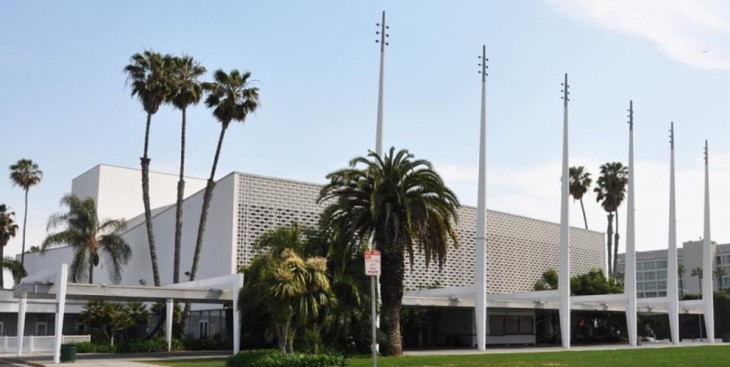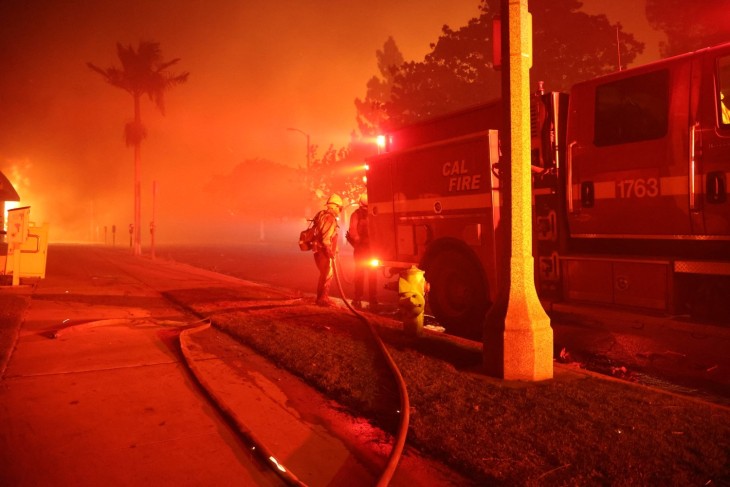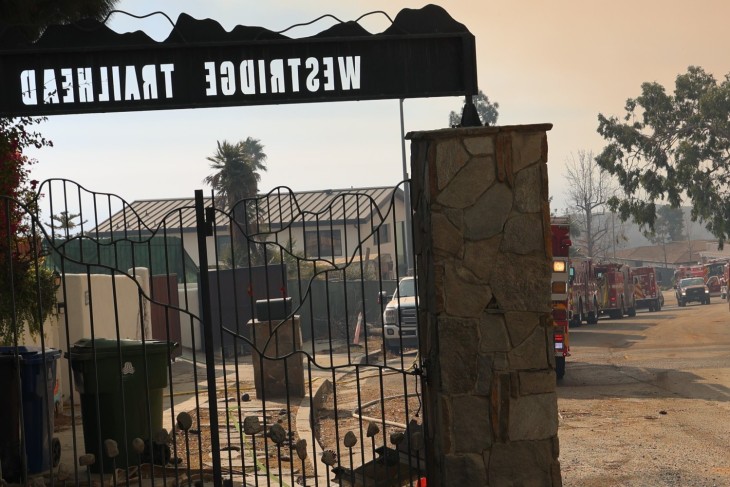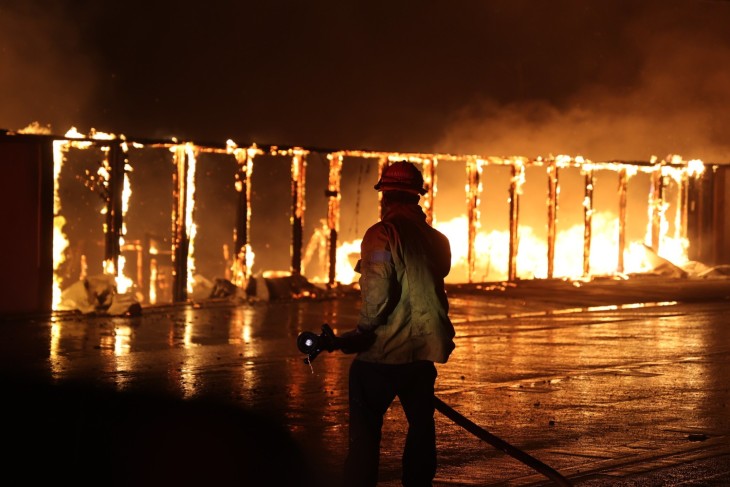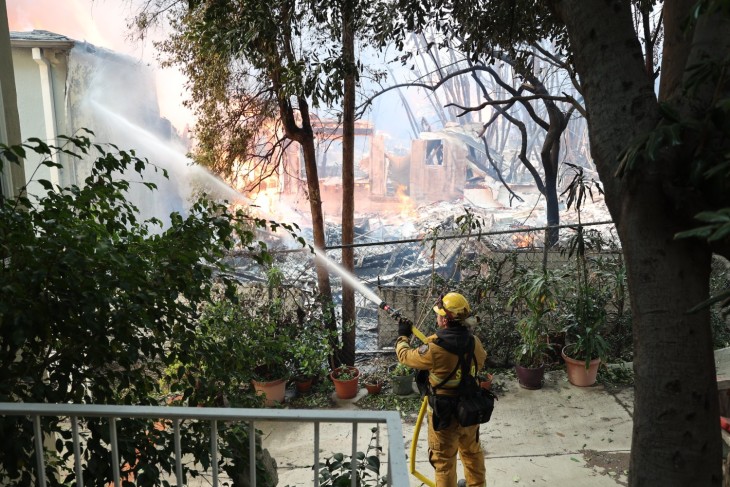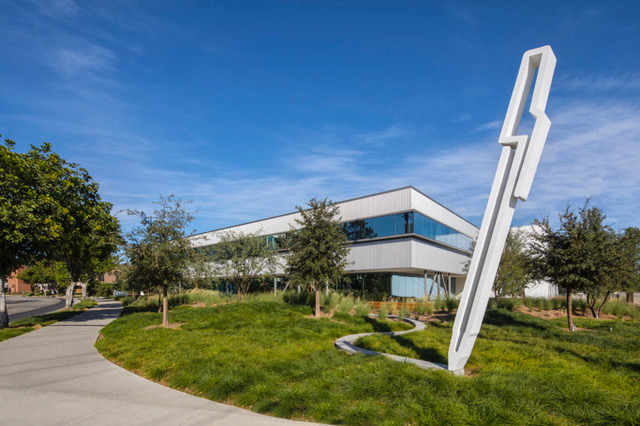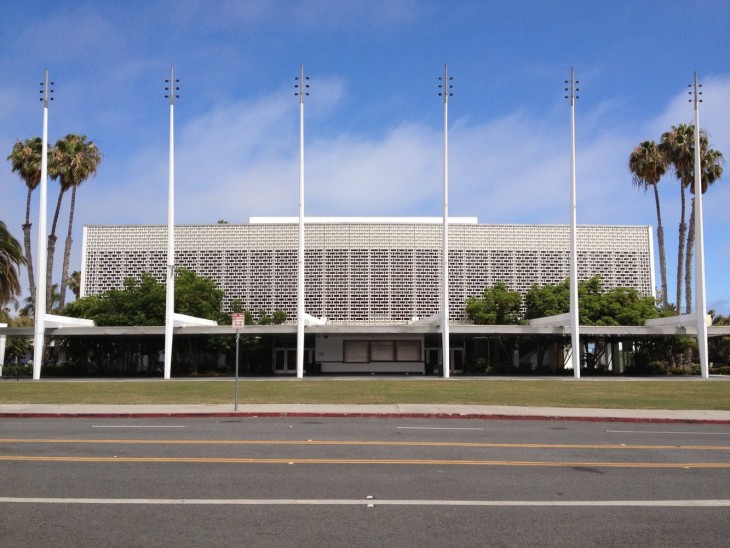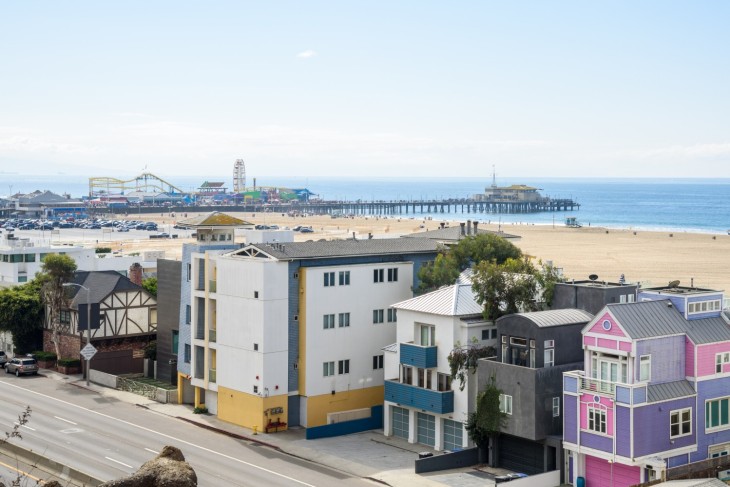By Tom Elias
Words matter, we often hear in these days of a President notorious for loose verbiage.
They also matter in the California Penal Code, where the label “violent” is not applied to many crimes most people with common sense would unquestionably define as violent. Some examples: assault with a deadly weapon, soliciting murder, elder and child abuse, arson, human trafficking, plus some forms of rape and forced sodomy.
That word “violent,” or in this case “non-violent” matters more than ever since the last year’s passage of Proposition 57, a pet project of Gov. Jerry Brown.
Under this law, convicts with crimes not legally defined as violent can win early paroles in exchange for certain achievements (like earning college degrees) and good behavior. Brown spent tens of millions of his own campaign dollars to pass this measure by a strong 64-36 percent margin.
Part of the campaign for passage was a pledge by state legislators to push through changes in the definitions of many crimes.
Some of those lawmakers did follow through and attempt this during the spring. But the last in a series of bills aiming to expand the list of crimes labeled violent died in the Assembly Appropriations Committee in late May. That one, a bipartisan measure sponsored by Democratic committee chair Lorena Gonzalez of San Diego and Republican Melissa Melendez of Lake Elsinore, aimed to classify all rapes and human trafficking as violent crimes.
But its price tag proved too heavy for the Democratic majority of the committee, even if it looks puny next to many other appropriations: Keeping in custody the approximately 120 current prisoners who could have been affected by this bill would have cost $1 million a year, not much in a budget where billions often seem to be tossed around willy-nilly.
No one knows how defeat of efforts to expand the legal list of violent offenses will affect actual crime in the streets.
Brown contended during the campaign that “non-violent prisoners…can change their thinking,” but offered no clue how state parole panels might be able to tell when that has genuinely happened.
What is known is that when prison realignment became official state policy in 2011, there was an immediate 41 percent drop in new prison admissions over the first eight months, with more than 24,000 inmates moved from overcrowded state prisons to county jails during the first 15 months.
The claim from Brown’s administration and other advocates of eased parole is that violent crimes like murder and rape have not risen under this program, and therefore are not likely to jump under Proposition 57.
One report presented to Orange County supervisors last year claimed that one-fourth of the first 8,000 felons released into the county under realignment had been convicted of another crime in the year after their discharge. That rate just about matched prior recidivism, which some took to mean that realignment and the 2014 Proposition’s 47’s reclassification of many crimes from felonies to misdemeanors did not increase crime.
But at the same time, property crimes in big cities rose sharply. In San Francisco, car burglaries, theft and other property crimes rose by 667 cases per 100,000 population from the previous year. There were similar increases in Long Beach and Los Angeles.
That was one reason expanding the Penal Code’s list of violent crimes was so important to many in law enforcement.
Because so many plainly violent crimes are not legally classified that way, the state’s Association of Deputy District Attorneys has called Proposition 57 “a full-fledged assault on public safety,” claiming it will allow parole boards to ignore sentencing enhancements for prior offenses like some forms of rape and soliciting killings.
It’s too early to know whether that prediction is coming true, but there’s little doubt changes in the list of formally violent crimes are vitally needed. The fact that lawmakers so far refuse to make those changes marks just one more set of short-sighted choices by a Legislature where such decisions happen frequently.



